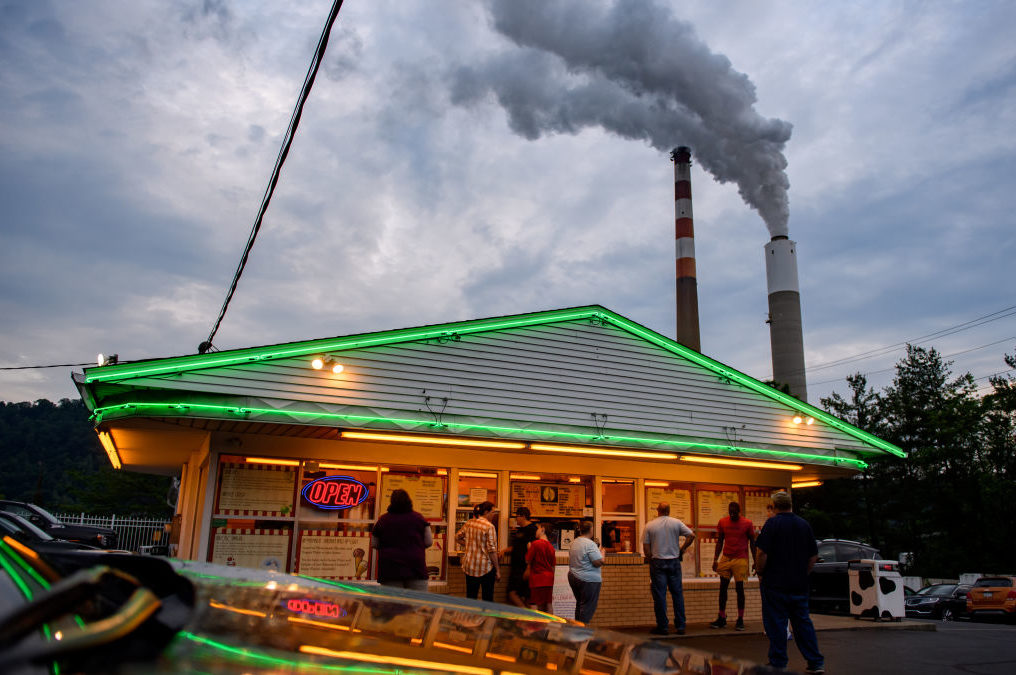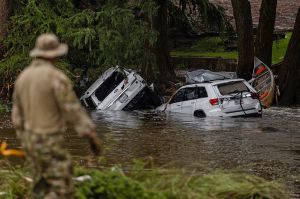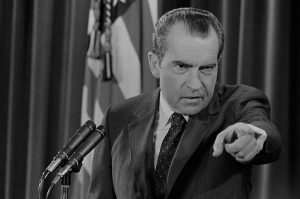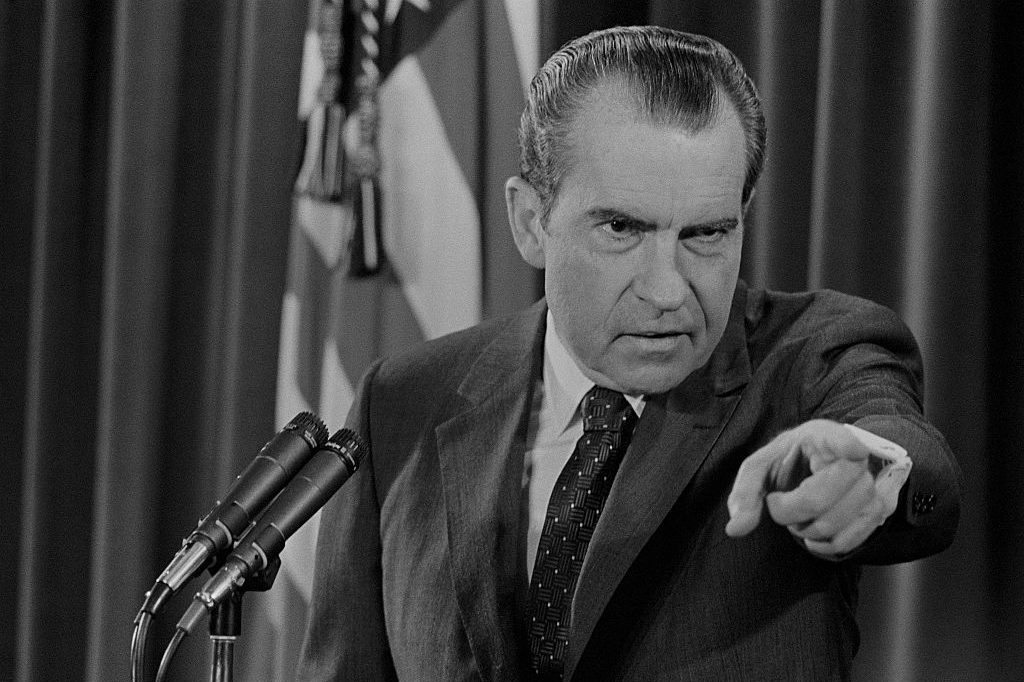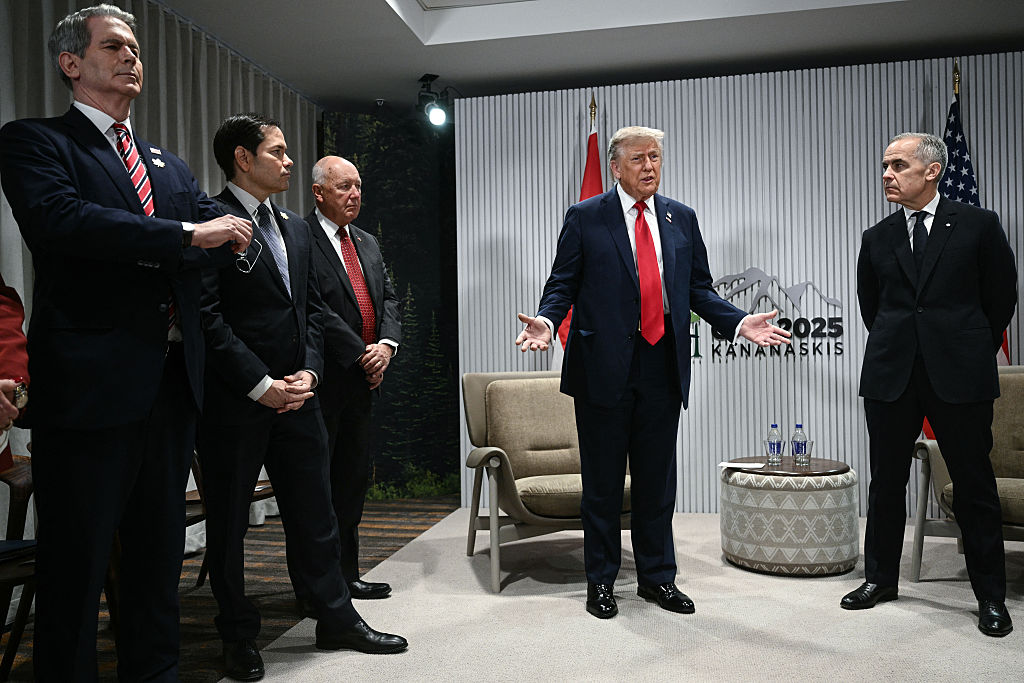How many headlines have you seen about climate and environmental racism? So many you think of it as a real problem?
Now, how many articles have you actually read about climate racism? If you’ve read one, just one, then you already know it doesn’t exist. Once you get past the fear-mongering click bait and the SEO-friendly headlines, almost all reportage of climate racism dances around the real issue: wealth inequality.
Journalists are quick to note that poverty perpetuates climatological and environmental issues against inner-city working-class Americans, many of whom are non-white, but no less American. They don’t seem quite so bothered about rural Americans with cancers and lung disease caused by pesticides and pollutants, almost all of whom are Caucasian. As 99 percent of people won’t read full articles, they’re left spouting the lie that the climate is going to kill off racial minorities and not all Americans living below the poverty line.
Climate racism is the latest ploy by the progressive mass media to inject critical race theory into our social consciousness as adults. When you think of minorities in America, you now have to imagine them choking on rotten air, living in landfills, being silently poisoned as all of the Caucasian people around them wander around feeling absolutely fine. Evidently, we breathe different air based on our skin color in America. Does that make air racist?
Just like poverty, the climate doesn’t care about where your ancestors were born. And pollution hurts the poor more than anyone else. If you’re working class in America, you’re more likely to live in a smaller home, near traffic, or work in fields and industries that expose you to carcinogens. Unless you work as hard as you can to move away from densely-populated towns and cities and industrial sites, you’re going to inhale dirtier air, drink chemical-filled water, and generally get the worst of our failed attempt to revolutionize the way our species lives.
Take Los Angeles, California as an example: propaganda might suggest the air quality is better in Beverly Hills versus Inglewood. It’s technically not, though Beverly Hills is further from industrial sites. Local activists argue that this is climate racism, but in reality, people in Beverly Hills earn more money and therefore can afford to build away from oil fields. Tyra Banks was born in Inglewood. Being a hugely famous actress and personality, she was able to buy in the luxurious Pacific Palisades. That’s wealth inequality, not racial.
During my work supporting PhD-research candidates and private-sector renewables companies, I watched Big Industry leverage the ‘climate racism’ myth for additional funding or to sell their corporate culture to young wokesters and investors alike. Everyone knew that the data in their journal articles was heavily biased, completely disregarding wealth inequality and how many working-class Caucasians (and many wealthy communities) experienced exactly the same, and sometimes greater levels of lung disease, cancers, premature death and more. They were paid to make climate racism seem real, and paid to shut up about legitimate atrocities harming racial minorities and working-class Americans.
One genuine example of blatant climate/environmental racism (and classism) is the Flint, Michigan water crisis.
The political leadership of Flint decided to change the source of the town’s drinking water to a glorified swamp toilet, poisoning every single child in the city with lead (and a bunch of other horrible toxins and diseases). But President Barack Obama didn’t much care about this glaring problem.
When he finally visited Flint, years into the crisis, he stood on a stage and drank Flint tap water in front of his poisoned constituents. He laughed.
Historically, moments like this are when communities unite against a ruling class that scorns their well-being. Unfortunately, through the degradation of the education system and evisceration of original thought, it has been all too easy to distract us with fake problems such as ‘climate racism’.
It is obvious nonsense to say that the climate can target a specific race. Physics doesn’t work that way. This is why all journalists perpetuating the myth of climate racism are further reinforcing divides and stoking the racialized culture wars. We’re easier to control when we’re being set against each other.
Now, as we still grapple with the COVID crisis, we should be coming together as humans and Americans, not bickering over who has it worse. We’re all in this together.



